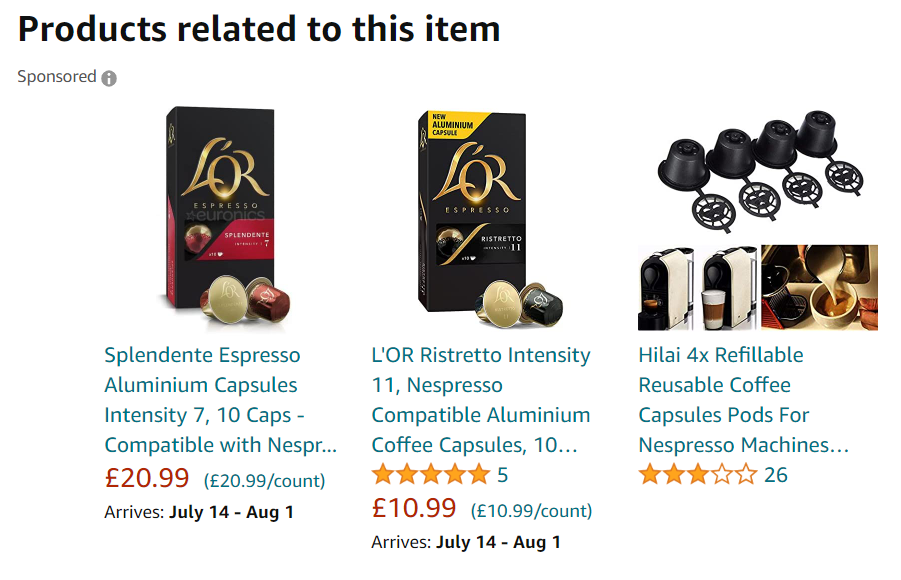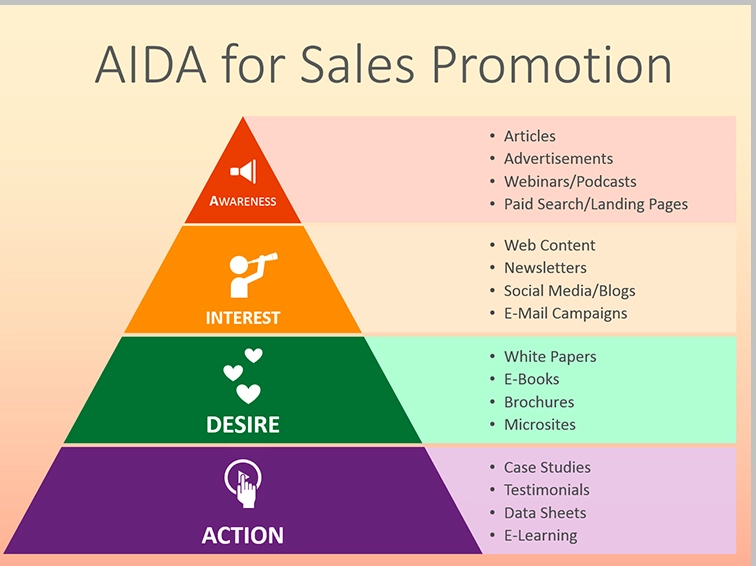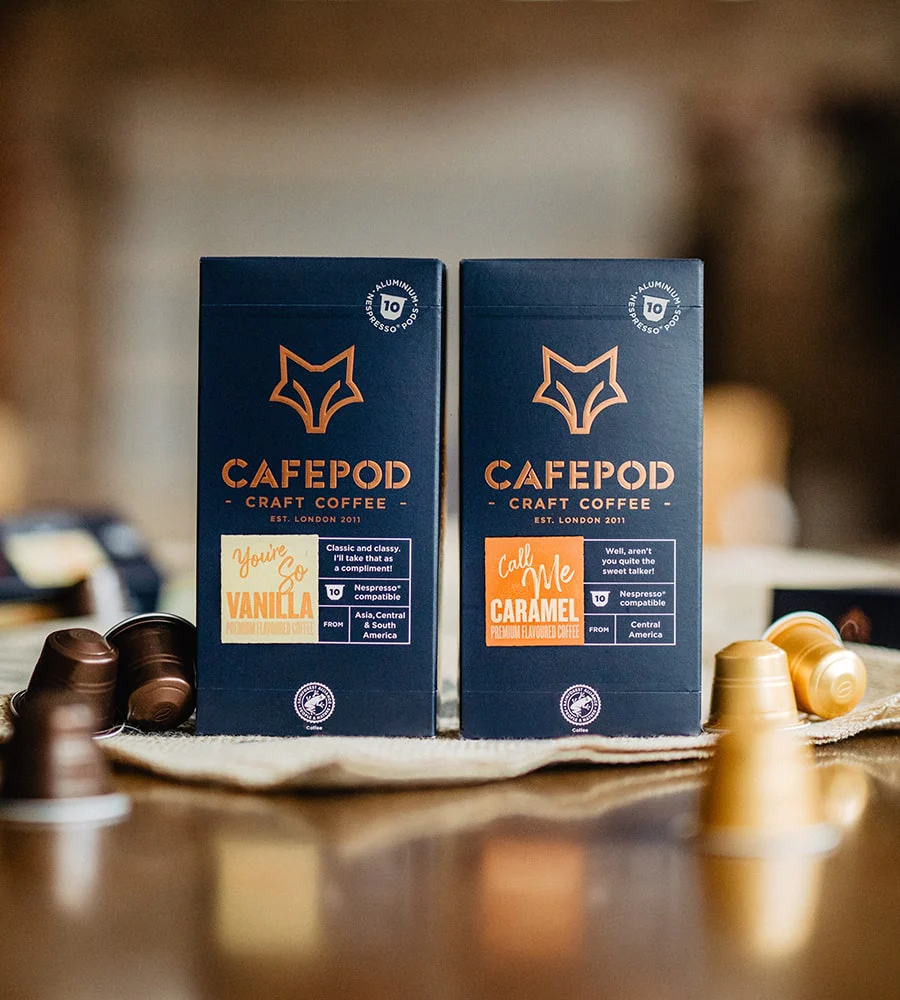The effectiveness of a marketing plan depends on having specific goals (Woodruff, 2019). The basic objectives of a company’s marketing strategy are always constant, even while market conditions are always changing. The main objective for Cafepod Coffee is to achieve 50,000 pounds in sales in one year after the marketing campaign has been initiated. Additionally, another goal for Cafepod Coffee is to expand its market reach. The corporation has 25000 distribution points in the UK and collaborates with all the major local retailers (Hadfield, no date, para. 11). Nonetheless, presently, Cafepod Coffee is only accepting orders within the state and is not offering international deliveries due to complications caused by Brexit (Delivery & shipping, no date, para. 4). Consequently, the enterprise is not yet operating in such countries as Egypt, Ghana, Korea, Mexico, or Poland. Therefore, currently, this business only provides products to customers in the UK.
Business Objectives
This business aims to achieve as follows:
- Gross sales of 100,000 units of ground coffee per year
- Gross sales revenue of £450,000 per year
- Profit of £205,000
- The margin of £245,000
Country Screening
To achieve its business goals, it may be beneficial for Cafepod Coffee to concentrate on the Korean market. South Korea has an established coffee culture, and the consumption of the beverage is increasing drastically (Why coffee lovers, 2021, para. 3). Although the country is not cultivating the coffee itself, an average Korean person drinks about 12 cups of coffee per week (Why coffee lovers, 2021, para. 3). Moreover, the state accounts for approximately 6% of the coffee market in Asia-Pacific, and the nation seems interested in new variations of the product (Why coffee lovers, 2021, para. 3). In contrast, Poland, for instance, appears to be quite new to coffee but presents promising opportunities. The citizens are used to instant and low-quality coffee, but the nation, especially in urban areas, is now starting to appreciate specialty coffee (Exporting coffee, 2019, para. 1). Accordingly, despite having an appeal, people in countries like Poland may not be willing to pay for such product as the one offered by Cafepod Coffee. However, Koreans already favor the beverage, and many individuals seem to have both desire and funds to purchase coffee continuously.
Market Segments
South Korea’s citizens have various coffee habits, offering many coffee segments. For Koreans, coffee is a lifestyle rather than simply a drink. For instance, numerous office workers purchase the beverage during their lunch break to sit in a cafe and chat with their colleagues (Joinakeep, 2019, para. 9). Moreover, people in Korea typically consume coffee while studying, whether they are students preparing for exams or adults trying to learn something new (How Korean coffee, 2021, para. 16). Therefore, the company’s target market may be college pupils and professionals who are commuting to work or attending class and are looking for a cheap cup of coffee to satisfy their caffeine fix. The business can also decide to target the affluent market in an effort to draw in the middle- and upper-class coffee users who have the money to pay several dollars for a cup. The age of the coffee consumers also counts; 40% of those between the ages of 18 and 24 and 54% of those between the ages of 25 and 39 regularly consume coffee (Wagner, no date). Consequently, Soth Korea presents diverse market segments for Cafepod Coffee.
One of the customer segments for Cafepod Coffee is grocery shops that will resell the products to the consumers. These clients buy the beans to resell to their clients either in prepared form or in bulk (Coffee roaster business plan, no date). The supermarkets solely sell the Beanisimo product; unlike the other client categories, they do not mix beverages for the customers. 18 to 25 years olds choose high-caffeine, hot, or iced drinks that are all high-octane, richer mixes. On the other hand, 30-60 years old people choose high-quality, caffeine-free espresso (Wagner, no date). Thirty-five percent of people prefer their coffee unsweetened, while 65 percent add cream or sugar. 3.1 cups of coffee are consumed every day on average. Gourmet is often referred to as specialty (premium) coffee, espresso-based drinks, such as cappuccino, latte, café mocha, espresso, or frozen and iced coffee drinks. Figure 1 displays the profiles for three customer segments for Cafepod Coffee.
The focus of Cafepod Coffee should be on specialty coffee consumers since this segment aligns the most with the product that this company sells. Characterized by branding and a high-quality product that was previously exclusively available through coffee shops. Five years ago, there was a distinct difference between specialty and mass-market coffees in terms of quality, cost, and distribution methods. Two subcategories that exist now, premium and specialty coffees, further muddy the positioning. Specialty coffee shops charge more for higher-quality coffee. In order to compete with specialty coffee stores’ former exclusive advantage, premium coffees are now being brought into other distribution channels to sell for less money.
Figure 1. User profiles
Marketing and Sales Objectives
The following are the sales objectives for Cafepod Coffee:
- Gross sales of 100,000 units of ground coffee per year
- Gross sales revenue of £450,000 per year
- Profit of £205,000
- The margin of £245,000
Marketing objectives that will help achieve the revenue and sales goals:
- The brand will be launched during the cold season, such as autumn, where people will more likely want a hot drink as opposed to iced or cold beverages
- Since ground coffee is a competitive segment, Cafepod will have to focus on building brand awareness through social media, partnerships with cafes, and advertising.
- At the launch event, Cafepod should invite social media influencers and owners of cafes that specialize in selling coffee and get 30% of visitors to try Cafepod’s product.
Entry Mode Selection
An SME must first consider how to join a new foreign market when making plans to expand there. An SME might enter the market in a variety of methods, including exporting, franchising, licensing, joint ventures, and completely owned subsidiaries. In this entry approach, the company will join the new worldwide market by establishing a whole new operation and legal entity, and it will own 100 percent of the overseas corporation (Twin, 2021). This method involves greater degrees of risk and expenditure, as well as lengthier start-up periods, even while the organization retains complete control. Moreover, Koreans value local presence, so it is essential to have the company’s representatives in the country (Market entry, 2021, para. 3). Such a strategy enables the maintenance of strict control over activities in several nations, which is crucial for worldwide strategic coordination, such as the use of earnings from one place to boost competitiveness in another.
Organizations must consider multiple factors that may affect their operations. Having a totally owned subsidiary may make it easier for the parent firm to continue operating in other markets, independent sectors, or geographic locations (Kenton, 2022). These elements provide protection from the market, trade, and geopolitical upheavals as well as from industrial sector reductions. There are no minority shareholders because a totally owned subsidiary’s parent firm owns all of its shares. The parent firm, which may or may not have direct involvement in the administration and operations of the subsidiary, grants the subsidiary authorization to operate. It could become an unconsolidated subsidiary as a result.
A totally owned subsidiary may continue to have its own management team, clientele, and corporate culture despite being owned by another organization. Employees of a firm that is bought could be concerned about layoffs or reorganization. While a parent firm retains operational and strategic control over its fully owned subsidiaries, the overall level of control is often lower for an acquired subsidiary with a proven track record of success abroad. Common operating procedures are significantly easier to develop when a corporation employs its own people to run the subsidiary than they are when taking over a business with established leadership. A parent firm also controls the investments made using the assets of its wholly-owned subsidiaries. However, if another firm is making a bid for the same business, buying a totally owned subsidiary may force the parent company to pay a high price for its assets.
Marketing Mix
Any company that aims to secure a solid customer base has to generate value for the buyers, which is why this business needs a detailed Marketing Mix strategy. The marketing mix is the collection of activities, or methods, that a business does to sell its brand or merchandise (Lahtinen, Dietrich and Rundle-Thiele, 2020; Raewf, 2018). A typical marketing mix is comprised of the four Ps: “price, product, promotion, and place” (Weng, 2021, p. 453). Today, however, the marketing mix progressively includes numerous more Ps as essential mix components, such as Packaging, Positioning, People, and even Politics.
Price
Because the product is premium, the price should be set at a higher rate, distinguishing this coffee’s core properties. Accordingly, Market-Based Pricing is the strategy appropriate for Cafepod Coffee. A competition-based strategy is another name for a market-based pricing approach (What is market-based pricing?, no date). With this pricing approach, the business will assess the costs of comparable items currently on the market and ensure that their price is reasonable compared to the consumer’s other alternatives. Notably, many Koreans seem comfortable purchasing coffee regardless of its cost (South Korean consumers, 2019, para 11). The product will be manufactured in the same place where Cafepod Coffee, and therefore, the cost of shipping should be factored into the final cost of the product. Additionally, the price has to be in the same range that other ground premium coffee items are sold for in South Korea. Currently, the acceptable market price per unit should be £20,99. Figure 2 shows the prices of competitors of Cafepod Coffee.

Place
By defining the product that a coffee company offers to the market, the organization may more effectively target and service the appropriate market groups. The coffee market is divided into a number of groups such as ready-to-drink (RTD), instant, at-home consumption, and out-of-home consumption, such as cafés. Each of these categories can be further divided in accordance with the premiumization trend in the coffee business. Any of these divisions or another coffee market area may be the focus of the coffee firm (Bailey, no date). Cafepod Coffee must take into account the four levels of coffee goods regardless of the target market the coffee company chooses. Cafepod will be sold through its own website and through offline shops that specialize in coffee. However, the majority of the sales efforts will be focused on direct sales through the website.
Promotion
The help of the advertisement company is essential in this case since Cafepod will be fully owned by its parent company. Thus, the business will not have the local expertise and an understanding of the cultural specifics, the consumer’s values, the advertisement practices, and others. Some promising marketing agencies that the coffee retailer should consider are Inquivix, Web Design Korea, and Nitaro Digital Marketing (Jain, 2020). For example, Inquivix suggest focusing on online advertisements because Korean citizens are active Internet users (Naver marketing, 2022, para. 1). Cafepod Coffee should seek to partner with this organization as it can provide expertise and insight into the local culture and best branding strategies.
Apart from an advertisement agency partnership, Cafepod should choose a promotional strategy that it will work on. The AIDA Model, which stands for “Attention, Interest, Desire, and Action,” is a model for the advertising impact that outlines the steps a person takes while making a purchase of a good or service (CFI Team, no date). The AIDA model is frequently employed in public relations efforts, sales techniques, and digital marketing initiatives. Figure 4 shows the elements of the AIDA model. The brand will begin by creating awareness through the Launch party event and by partnering with influencers who will be brand aware. Next, this will be supported by online advertisements and billboard advertisements to create interest. Additionally, offering cafes that specialize in selling coffee to go and inside the place will also help create interest from consumers.

Product
Evidently, the main element of any marketing mix is the product that the company will offer to its customers. In this case, this is a premium ground coffee, which means that potential customers will expect a high quality of coffee beans, grounding, and a rich flavor. For this reason, it is best to avoid searching for a manufacturing facility in South Korea closer to the market where the product will be sold. By manufacturing its coffee in one facility, Cafepod will ensure that its products are of consistent quality. However, things such as packaging the goods can be outsourced to the local facility in South Korea, which will make logistics and distribution easier. Thus, the parent company will ship the ground coffee in batches to South Korea, where it will be weighed and packaged in small portions, which will be later sold to the consumers. Image 5 shows the packaging of the product that will also be used in the new market.

Marketing Promotion Plan and Budget
Budgeting, which establishes how much one must spend on specific marketing methods, is a crucial component of a marketing plan. CoffePod Coffee must determine the objectives and the best methods for contacting its target market before creating a marketing budget (Sanfilippo, 2022). Small businesses might spend anything from a few thousand dollars a year to thousands per month on marketing. However, this expenditure must align with the objectives and revenue projections of the business. Figure 6 below shows the estimated budget that includes expenditures for the launching event, influencer marketing, brand awareness, and other promotional activities.
Figure 6. The marketing budget for CoffePod Coffee
Based on this assessment, the first year of the brand launch of CafePod Coffee in South Korea will cost the company approximately £54,000. The budget will be distributed among the expenditures for direct advertisement and raising brand awareness. The majority of the focus is on an online advertisement and influencer marketing since online advertisement has been proven to show great results, especially for new products (Aral, 2021). This marketing plan will allow the brand to have sufficient revenue in the first year and ensure that the consumer is familiarized with the brand that is new to them. Therefore, this SME will not lose any money in the first year and will make a profit of £151,000.
Reference list
Amazon (no date) Cafepod Coffee. Web.
Aral, S. (2021) What digital advertisement gets wrong. Web.
Bailey, M. (no date) Marketing coffee. Web.
CFI Team (no date) What is the AIDA model in marketing? Web.
Coffee roaster business plan (no date) Web.
Copepod Coffee (no date) Web.
DBP Group (no date) Web.
Delivery & shipping (no date) Web.
Exporting coffee to Poland (2019) Web.
Hadfield, B. (no date) Cafepod. Web.
How Korean coffee culture became trendy (2021) Web.
How to effectively use AIDA model for your eCommerce marketing (2020) Web.
Jain, S. (2020). Top 21 digital marketing agencies in South Korea. Web.
Joinakeep (2019) Coffee culture in South Korea. Web.
Josiah, A. (no date) Marketing plan. Web.
Kenton, W. (2022) Wholly owned subsidiary. Web.
Lahtinen, V., Dietrich, T. and Rundle-Thiele, S. (2020) ‘Long live the marketing mix. Testing the effectiveness of the commercial marketing mix in a social marketing context’, Journal of Social Marketing, 10(3), pp. 357-375. Web.
Market entry strategy (2021) Web.
Naver marketing strategy – understanding marketing in South Korea (2022) Web.
Raewf, M. (2018) ‘The evaluation of marketing mix elements: a case study’, International Journal of Social Sciences & Educational Studies, 4(4), pp. 10-20.
Sanfilippo, M. (2022) How to develop and track a marketing budget. Web.
South Korean consumers think coffee is expensive, buy it anyway (2019) Web.
Twin, A. (2021) Sole proprietorship. Web.
Wagner, N. (no date) Analysis of coffee segmentation. Web.
Weng, M. (2021) ‘A marketing mix typology for integrated care: the 10 Ps’, Journal of Strategic Marketing, 29(5), pp. 453-469.
What is market-based pricing? (no date) Web.
Why coffee lovers should visit South Korea (2021) Web.
Woodruff, J. (2019) An example of marketing plan objectives. Web.



